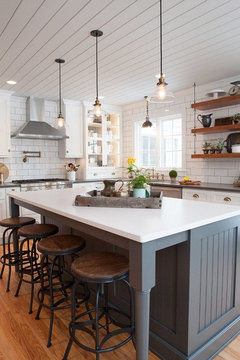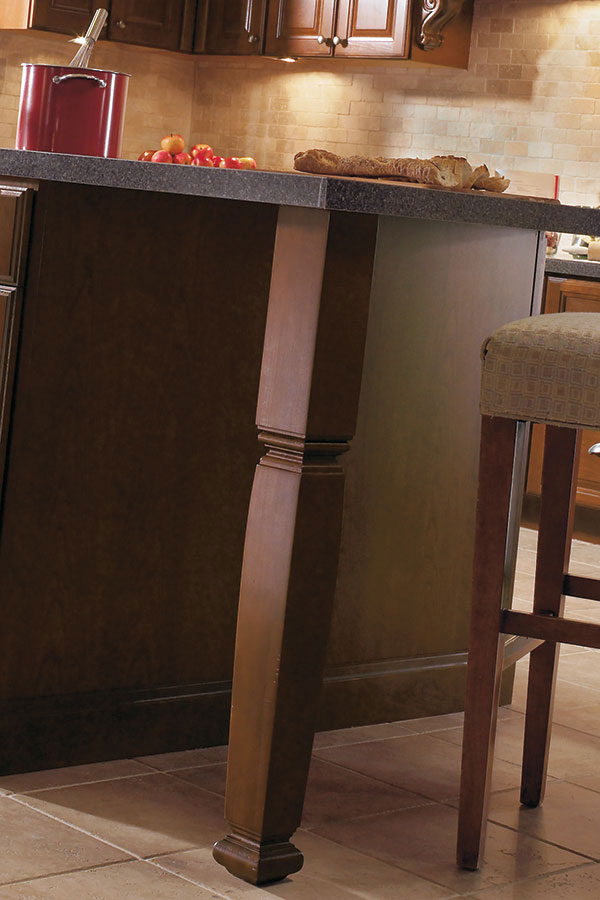Sturdy Wooden Kitchen Island Legs for Your Home Remodel
Sturdy Wooden Kitchen Island Legs for Your Home Remodel
Blog Article
Essential Tips for Selecting the Perfect Eating Table for Your Cooking Area
Selecting the excellent dining table for your kitchen area is even more than just an issue of preference; it demands a comprehensive understanding of your area and needs. The shape of the table plays an essential function; while rectangular tables fit bigger locations, rounded ones foster intimacy, and extendable alternatives provide versatility. The table needs to integrate with your cooking area's aesthetics and fit your family members comfortably.
Procedure Your Room
Picking the perfect dining table starts with a thorough evaluation of your readily available area. This fundamental step ensures that the table not just fits comfortably within the space however likewise enhances the general format and performance of your dining area.
It is necessary to leave sufficient room for chairs to be pulled out and for individuals to relocate around the table without blockage. A general guideline of thumb is to permit at the very least 36 inches of clearance from the side of the table to the closest wall surface or item of furniture.
In addition, think concerning the number of people you normally entertain and whether you require extra room for guests. Choosing an extendable table can supply adaptability, allowing you to fit differing varieties of restaurants. By properly gauging your area, you prepared for choosing an eating table that boosts both the appearances and capability of your eating area.
Choose the Right Shape

On the various other hand, round tables are exceptional for smaller kitchens or intimate gatherings, as they promote conversation by enabling everybody to encounter each other. They also provide a sense of comfort and can fit well in tighter spaces because of their absence of sharp edges. Oblong tables use the very best of both globes, integrating the length of rectangle-shaped tables with the intimacy of round ones, making them versatile for various settings.
Square tables are another choice, particularly matched for square-shaped rooms. They develop a balanced and modern-day look, fostering an equal dining experience for all seated. However, they might be less useful for bigger gatherings unless they include expansions. Eventually, the shape you choose must line up with your room measurements and way of living to make sure both form and feature.
Product Factors To Consider
When selecting an eating table, product considerations are vital in figuring out the table's longevity, maintenance requirements, and total visual. Wood is a classic choice, supplying classic allure and toughness. Woods like oak, mahogany, and walnut are specifically resilient, though they can be expensive. kitchen island legs. Softwoods, such as ache, are much more cost effective however might be vulnerable to dents and scratches.
Glass-topped tables supply a modern-day, streamlined appearance and can make a space appear bigger due to their transparency. Nonetheless, they call for frequent cleansing to stop smudges and finger prints. Additionally, solidified glass is advised for its added strength and safety.

Finally, composite materials like MDF (Medium-Density Fiberboard) or plywood are budget-friendly choices. These materials can resemble the appearance of strong timber but might not offer the very same long life. They are typically easier to clean yet can be susceptible to water damages otherwise appropriately sealed.
Inevitably, the selection of material need to line up with your kitchen area's style, your way of life requires, and your recommended you read budget constraints. (kitchen island legs)
Seats Ability and Convenience
How do you establish the best seating ability and comfort for your dining table? This crucial step includes examining both the physical room offered in your kitchen and your household's functional demands. Begin by measuring your kitchen area to guarantee the table fits pleasantly, enabling a minimum of 36 inches of clearance around it for very easy motion. Take into look at this site consideration the number of people that typically eat together, as this will affect the table size. For a family of 4, a rectangular table of 48 inches long or a round table with a 48-inch diameter is typically enough.
The elevation of the table need to preferably be around 30 inches, supplying a well balanced ergonomic position for seated restaurants. Chairs should have a seat elevation of 18 to 20 inches to ensure a comfortable eating posture.
Style and Aesthetic Appeal
Picking a table that suits your design and visual appeal entails stabilizing personal taste with the existing style of your eating space. The dining table is often the centerpiece of the cooking area, and its style must complement the general style of the space. Whether your cooking area boasts a modern-day, minimal look or a rustic, farmhouse appeal, the table you choose need to integrate with these aspects to produce a cohesive and inviting environment.
Take into consideration materials thoroughly; wood offers an ageless appeal and can vary from rich mahogany for a conventional seek to lighter oak for a contemporary feel. Metal and glass tables, on the other hand, can introduce a smooth, commercial edge to your cooking area. Don't neglect the table's form-- rectangular tables are classic and functional, while round and oblong options can foster a more intimate eating experience.
Additionally, pay close focus to details and coatings. A troubled finish could include personality and heat, whereas a glossy surface area can add to a tidy, modern-day aesthetic. Ultimately, your eating table must not only fit flawlessly into your kitchen's style however also mirror your personal design, boosting the Related Site area both functionally and aesthetically.
Conclusion
In conclusion, choosing the ideal eating table for a cooking area requires cautious evaluation of space, shape, material, seating capacity, and visual consistency. Ultimately, a well-chosen eating table cultivates a welcoming environment and accommodates the family comfortably, thus boosting the dining experience.

When picking an eating table, product considerations are vital in figuring out the table's longevity, upkeep demands, and total visual. For a family of four, a rectangle-shaped table of 48 inches long or a round table with a 48-inch diameter is usually enough.
Do not overlook the table's form-- rectangular tables are classic and functional, while round and oblong options can promote a more intimate eating experience. kitchen island legs.
Report this page